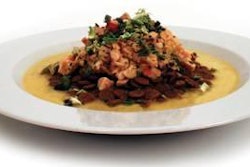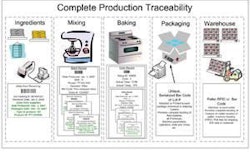Recent molecular studies have revealed complex bacterial, fungal, archaeal and viral communities in the gastrointestinal (GI) tract of dogs and cats. More than 10 bacterial phyla have been identified, with Firmicutes, Bacteroidetes, Proteobacteria, Fusobacteria and Actinobacteria constituting more than 99% of all gut microbiota.
Microbes act as a defending barrier against invading pathogens, aid in digestion, provide nutritional support for enterocytes and play a crucial role in the development of the immune system. Of significance for GI health is their ability to ferment dietary substrates into short chain fatty acids, predominantly acetate, propionate and butyrate.
However, microbes can have also a detrimental effect on host health. Specific pathogens (e.g., Salmonella, Campylobacter jejuni and enterotoxigenic C. perfringens) have been implicated in acute and chronic GI disease. Compositional changes in the small intestinal microbiota, potentially leading to changes in intestinal permeability and digestive function, have been suggested in canine small intestinal dysbiosis and antibiotic responsive diarrhea.
There is mounting evidence that microbes play an important role in the pathogenesis of canine and feline inflammatory bowel disease (IBD). Current theories for the development of IBD favor a combination of environmental factors, the intestinal microbiota and a genetic susceptibility of the host. Recent studies have revealed a genetic susceptibility for defective bacterial clearance in Boxer dogs with granulomatous colitis. Differential expression of pathogen recognition receptors (i.e., toll-like receptors) were identified in dogs with chronic enteropathies.
Similarly to humans, a microbial dysbiosis has been identified in feline and canine IBD. Commonly observed microbial changes are increased Proteobacteria (i.e., E. coli) with concurrent decreases in Firmicutes, especially a reduced diversity in Clostridium clusters XIVa and IV (i.e., Lachnospiraceae, Ruminococcaceae, Faecalibacterium spp.). This would indicate that these bacterial groups, important short-chain fatty acid producers, may play a vital role in promoting intestinal health.
Source : J.S. Suchodolski, 2010. Microbes and gastrointestinal health of dogs and cats. J. Anim Sci. online October 2010. doi:10.2527/jas.2010-3377
















